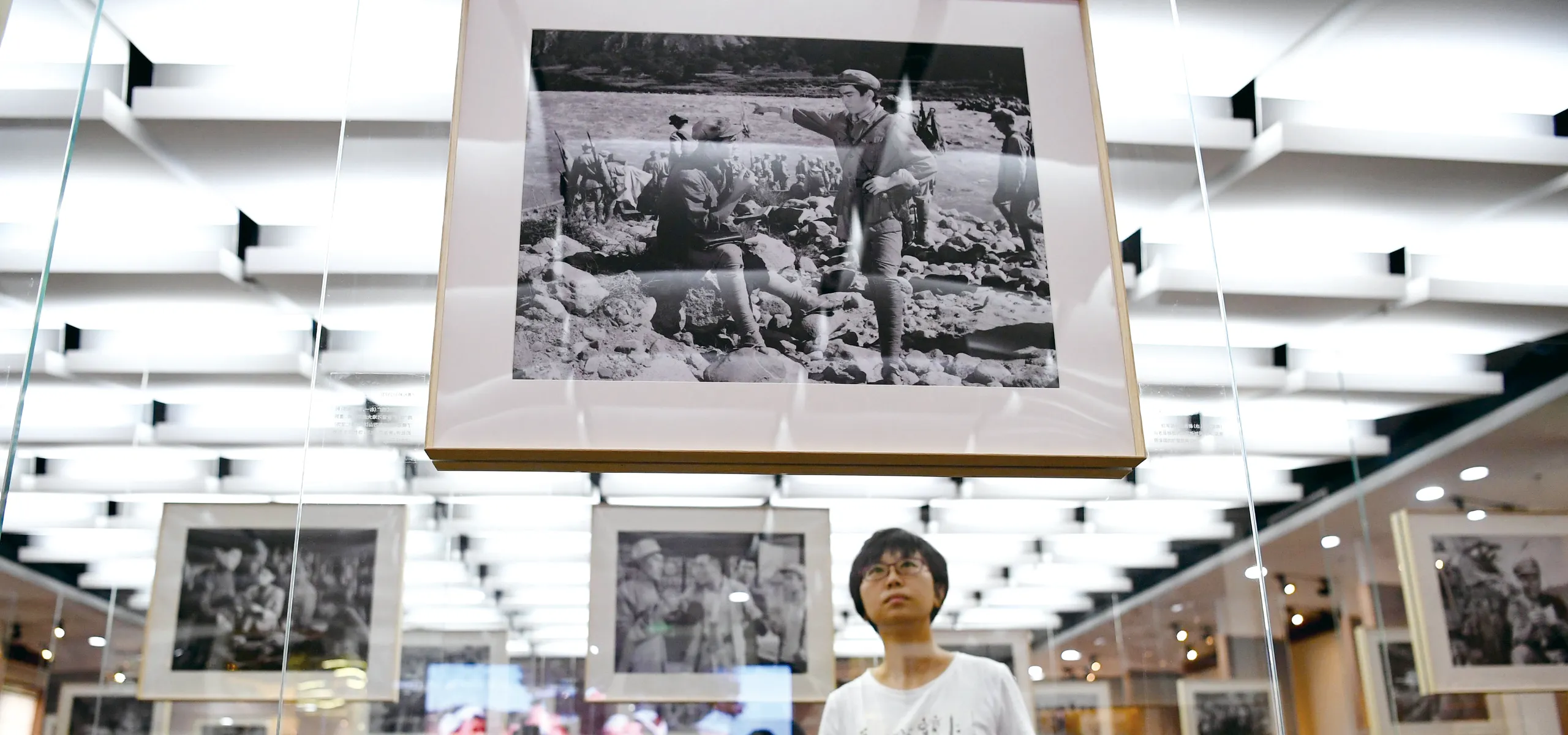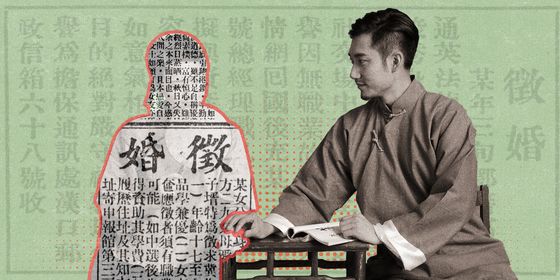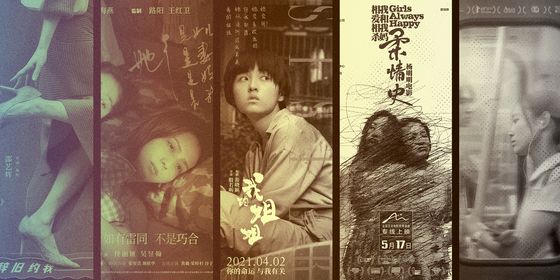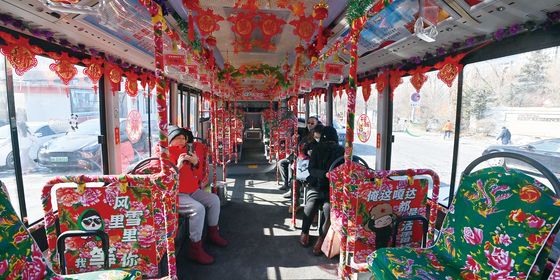Changchun Film Studio went from puppet-state propaganda to the beating heart of Chinese film
In 2011, author Qi Zhai wrote in The World of Chinese about how when she grew up in the 1990s in the Philippines, she and her family rarely went out for leisure except to watch American movies at the mall. But once, a Chinese war film came on TV. “Dad dropped the Newsweek he was reading. Mom came out of the kitchen, wiping her hands on her apron. They sat down in front of the TV and barely blinked as black-and-white images from Battle of Triangle Hill flashed,” she wrote.
Premiering in 1956, Battle of Triangle Hill, also known as Battle on Shanggan Mountain or Shangganling, was the movie that put the Changchun Film Studio (CFS) on the map of Chinese cinema. The studio was only officially founded a year earlier, in 1955, when the Ministry of Culture completed the merger of the Northeast Film Studio (NFS) and the Yan’an Film Studio, and named the new entity after the city that already served as its home base—Changchun, the cradle of filmmaking in China since the 1940s.
Changchun’s foray into cinematic history began with the Manchukuo Film Association, founded by the Japanese Kwantung Army in 1937. At that time, barely five years into governing their puppet state in Northeast China, the Japanese needed an organ for propaganda to legitimize their occupation of Chinese territory and rally various ethnic groups under the Manchukuo flag. Setting up shop in Manchukuo’s capital, Changchun, the Japanese studied the filmmaking techniques of their German and Italian allies; procured cameras from Germany; hired experienced directors, film stars, and musicians from Japan; and established an acting school locally to create what was East Asia’s biggest and most technologically advanced film studio of the time.
After the Japanese surrender, Chinese Communists within the ranks of the studio staff took over the facilities and established the NFS in 1946, briefly relocating to Heilongjiang province during the civil war. Meanwhile, the Yan’an Film Studio in the Communist base area in China’s northwest was struggling to make war movies with primitive equipment. After the NFS moved back to its original premises in 1948, the Communist Party of China gradually brought directors, writers, photographers, cinematographers, technicians, and artists, ranging from opera singers to puppeteers, into the Changchun fold, relocating them from Yan’an and other parts of China. This took Changchun to a level never before seen in Chinese filmmaking.
Conditions were harsh in the early days: Zhang Yuxin, a former CFS administrator who joined the studio as a secretary in 1949, recalled that each of the mailroom workers was given a pistol to patrol for possible infiltrators. Old photos from the time show cast and crew huddling in padded coats on unheated sets in the infamous northeastern freeze. Yet the then-18-year-old Zhang also found it a stimulating place to work, with a young staff learning and creating together, when not attending organized film screenings and dance socials.
“Every holiday, Communist Youth League members and the young actors would make a long line, raise their sickles and axes, and dance the northeastern yangge,” Zhang wrote in an online reminiscence from 2019. “I was infected by the atmosphere, and my heart was filled with youthful revolutionary passion.”
The studio found plenty of time to innovate and experiment despite these hardships. By 1947, the NFS had produced A Sure Catch and The Emperor’s Dream, later labeled New China’s first animated and puppet-animated movies, respectively (though both predated the country’s official founding). After 1949, it made revolutionary classics like The White-Haired Girl (1951) and Guerrillas on the Plain (1955) along with wartime romances like A Wedding on the Execution Ground (1980) and adaptations of Chinese opera, such as Qin Xianglian (1955) and Hua Mulan (1956).
It was this willingness to explore various genres that helped the CFS maintain its dominance until the reform period. Compared to more explicitly political (though still wildly popular) fare like Tunnel Warfare (1965) by the military-run Bayi Film Studio in Beijing, CFS war epics like Battle of Triangle Hill even mixed musical numbers, romance, and comedy into the storytelling.
Notably, the song “My Motherland” from Triangle Hill lacks all references to the war, and remains a patriotic tune widely sung and instantly recognized in China today. Likewise, in making 1961’s Liu Sanjie, the producers commissioned local song-and-dance troupes in the Guangxi Zhuang Autonomous Region to collect and rewrite folk songs from the Zhuang ethnic group for the soundtrack. They rejected several versions of songs with more overtly political lyrics, thus giving the film its sense of timelessness.
The high production values were another selling point—as the CFS moved gradually away from war films in the mid-50s, it became famous for shooting pictures featuring various remote settings and ethnic minority groups on location. Guilin’s reputation as a touristic mecca owes much to the lush hills and flowing rivers depicted in Liu Sanjie, while 1963’s Visitor on Ice Mountain was instrumental in getting the icy peaks of the Pamir Mountains onto the bucket lists of today’s middle-aged tourists. Production teams took long trips to study local customs and scout local actors. This process was called “experiencing life,” and ensured the authenticity of the films.
Market reforms in 1978 marked a downturn in the fortunes of the CFS, as its films had to compete against a flood of foreign imports, and its Jilin location was isolated from the new centers of cultural production in Beijing and Shanghai.
In 1997, CFS was on the brink of bankruptcy. Subsequent reform in 1999 led it to be restructured into a new company called the Changchun Film Group. With new funding injected by the Jilin provincial government, the new group focuses not just on film production but distribution, theme parks, and IP. The former headquarters of the CFS host a museum detailing the history of what was once China’s most cutting-edge studio, which is also the history of Chinese cinema in the 20th century.
Walking into the Former Site Museum of Changchun Film Studio awakens different emotions for different generations. For those who grew up with the films, it is a full-sensory trip down memory lane, with cut-outs of iconic scenes and background music bringing films from their youth back to life in semi-darkened rooms. For cinema history buffs, there are displays of early film equipment, props, and treasures such as scripts and handwritten directors’ notes from Triangle Hill and other classics. Changchun’s filmmaking heyday may be past—but its movie magic lives on.
Excerpt taken from Jilin: Land of Mystery, TWOC’s guide to China’s northeastern province. Available now in our store!
















